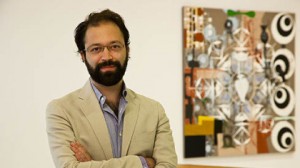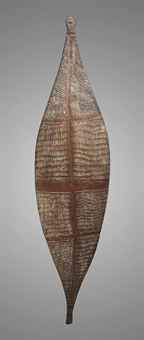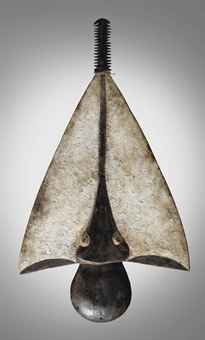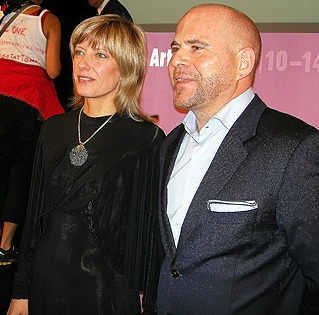I’ve been pondering all day what I should add, if anything, to the egregious decision by Peter Gelb to pressure Opera News so much that it voluntarily decided to stop reviewing the Met’s productions (a call made in “collaboration with” Gelb, he said). But what else could editor F. Paul Driscoll do? Promise all positive reviews?
Now I can add something:
Gelb has reversed course. Here’s the statement I just received:
In view of the outpouring of reaction from opera fans about the recent decision to discontinue Met performance reviews in Opera News, the Met has decided to reverse this new editorial policy. From their postings on the internet, it is abundantly clear that opera fans would miss reading reviews about the Met in Opera News. Ultimately, the Met is here to serve the opera-loving public and has changed its decision because of the passionate response of the fans.
The Met and the Met Opera Guild, the publisher of Opera News, have been in discussions about the role of the Guild and how its programs and activities can best fulfill its mission of supporting the Metropolitan Opera. These discussions have included the role of reviews in Opera News, and whether they served that mission. While the Met believed it did not make sense for a house organ that is published by the Guild and financed by the Met to continue to review Met productions, it has become clear that the reviews generate tremendous excitement and interest and will continue to have a place in Opera News.
More thoughts soon.
UPDATE: I won’t belabor this, but Dan Wakin’s Page One story in today’s New York Times mentioned two other instances of Gelb’s interference with the media and, worse, that the outlets in question — WQXR and a blogger — complied with his wishes and removed the posts that Gelb had protested. What were they thinking? A loss of ad dollars (ok, support dollars) for WQXR? That’s a real blemish on its record as well as that of its owner, WNYC. The blogger gets more sympathy — it’s hard for an individual to face down a powerful organization like the Met.
But what was Gelb thinking? A while back, Alex Ross wrote a very critical piece (mostly about the Ring)  in The New Yorker, too. It concluded: “The current direction of the Met remains dispiriting.”
Did Gelb dare call David Remnick?
I hope the Met board, specifically Chairman Ann Ziff and President and Chief Executive Officer Kevin W. Kennedy, are having a serious conversation with him about intimidation.







